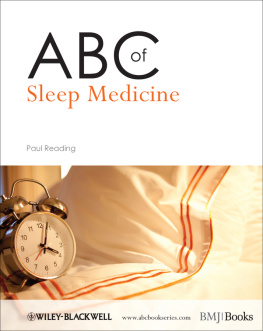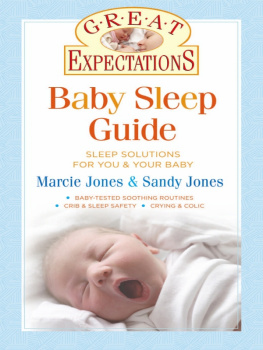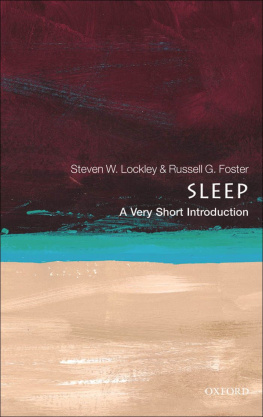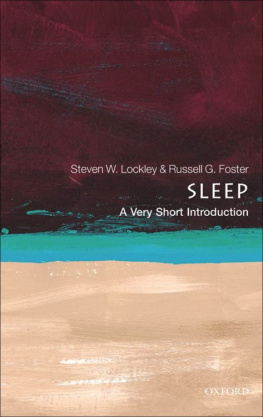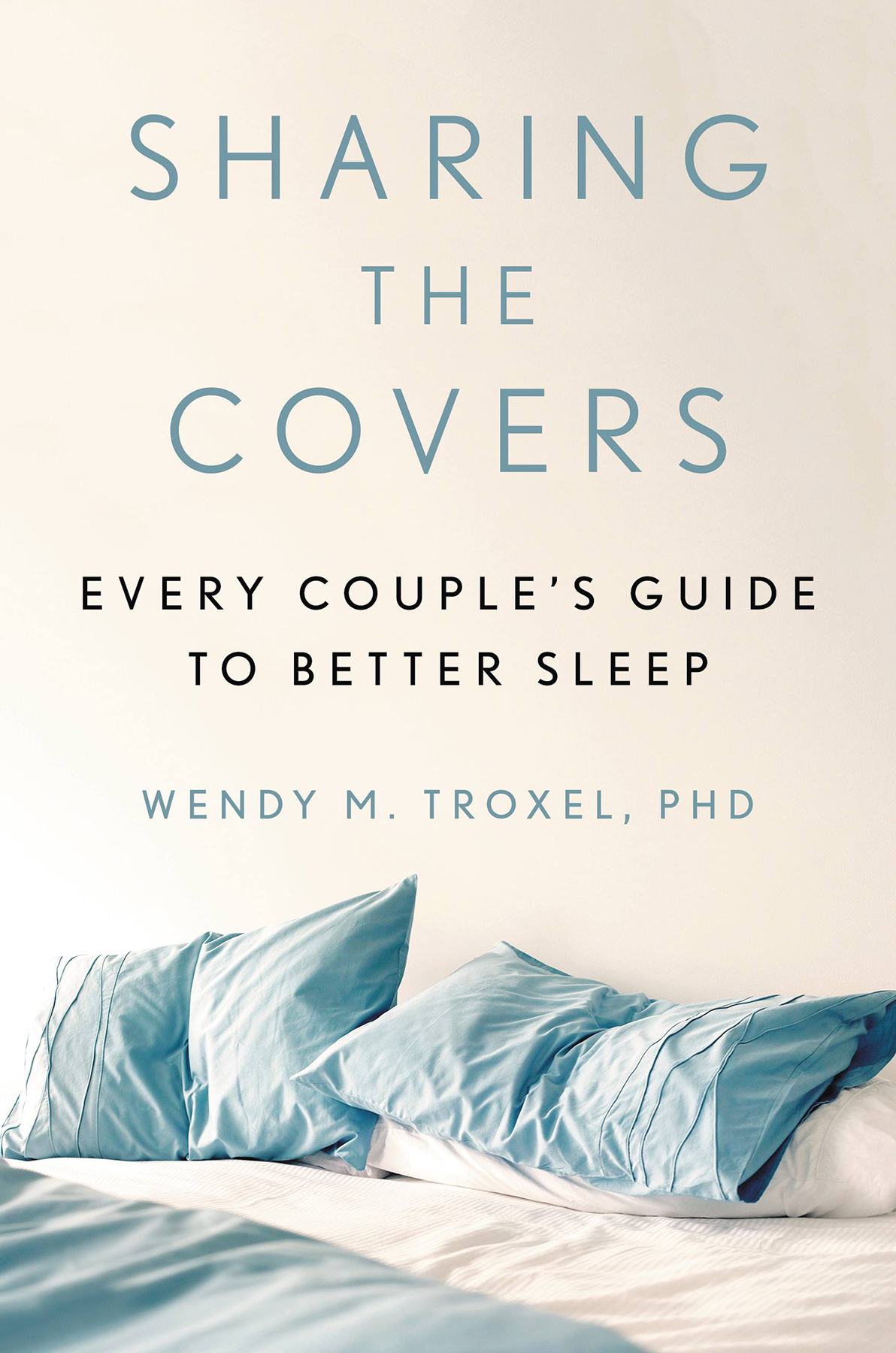
Note: The information in this book is true and complete to the best of our knowledge. This book is intended only as an informative guide for those wishing to know more about health issues. In no way is this book intended to replace, countermand, or conflict with the advice given to you by your own physician. The ultimate decision concerning care should be made between you and your doctor. We strongly recommend you follow his or her advice. Information in this book is general and is offered with no guarantees on the part of the author or Hachette Go. The author and publisher disclaim all liability in connection with the use of this book. The names and identifying details of people associated with events described in this book have been changed, with the exception of named researchers. Any similarity to actual persons is coincidental.
Copyright 2021 by Wendy Troxel
Cover design by LeeAnn Falciani
Cover photograph sirtravelalot / Shutterstock
Cover copyright 2021 by Hachette Book Group, Inc.
Composite Morningness Questionnaire used with permission from the American Psychological Association.
Hachette Book Group supports the right to free expression and the value of copyright. The purpose of copyright is to encourage writers and artists to produce the creative works that enrich our culture.
The scanning, uploading, and distribution of this book without permission is a theft of the authors intellectual property. If you would like permission to use material from the book (other than for review purposes), please contact permissions@hbgusa.com. Thank you for your support of the authors rights.
Hachette Go, an imprint of Hachette Books
Hachette Book Group
1290 Avenue of the Americas
New York, NY 10104
HachetteGo.com
Facebook.com/HachetteGo
Instagram.com/HachetteGo
First Edition: April 2021
Hachette Books is a division of Hachette Book Group, Inc.
The Hachette Go and Hachette Books name and logos are trademarks of Hachette Book Group, Inc.
The publisher is not responsible for websites (or their content) that are not owned by the publisher.
Library of Congress Cataloging-in-Publication Data has been applied for.
ISBNs: 978-0-306-87500-7 (hardcover); 978-0-306-87499-4 (ebook)
E3-20210327-JV-NF-ORI
W HEN I CHOSE MY CAREER AS A SLEEP SCIENTIST AND CLINICIAN, I had no idea how popular it would make me. At parties. On airplanes. At the gym. Everyone wants to talk with a sleep expert. They want advice on what bed they should buy, how to deal with their snoring spouse, what their dreams mean (I have no idea), why they cant get to sleep, why they cant stay asleep, and why theyre so tired throughout the day. The list goes on and on. My extremely patient husband, and greatest supporter, takes on his here we go again expression when the conversation inevitably veers toward my specialty. But hes a good sport. He knows I love to field these questions. And thats because I truly want to help people sleep betternot just because getting sleep is good for health (it is) but because I believe that if I can help people sleep better, I can help our entire society function better. If we all just slept a little better, we could reduce chronic disease. We could be happier. We could cut down on fatal traffic accidents. We could be more productive. We could get along better. Lord knows, we could get along better.
So I never tire of helping people understand things like how much sleep they need (seven to nine hours for the average twenty-six- to sixty-four-year-old), or what gets in the way of a good nights sleep (our phones arent helping), or why its so hard to drag a teenager out of bed in the morning (blame early school start times, not the kid). But the one message about sleep I try to stress more than any other is that your ability to get a good nights sleep affects the quality of your most precious relationships, and the quality of those relationships affects your ability to sleep. Because of that, working to improve your relationships can improve your sleep, and working to improve your sleep can improve your relationships.
You see, Im a bit of an oddity in the professional world of sleep. First, I am both a sleep researcher and a sleep therapist. Those combined facts dont by themselves make me particularly unusual. There are many others like me in those respects. While I love the academic/research side of my profession and can completely nerd out with it, maintaining a clinical practice helps keep me grounded and gives my research purpose. What makes me odd compared to my peers is that in my research and in my clinical work, I look at sleep through an interpersonal lens. That is, I view sleep as inherently a social behavior. Why is that odd? Because over the past sixty years, most of the groundbreaking research in sleep science has come from studies of people sleeping alone in a laboratory, under tightly controlled conditions, free from disruptions, and as isolated as possible. Consequently, the majority of therapeutic sleep interventions treat sleep issues as an individuals problem. While there is a lot to learn about how individuals sleep, and there is a lot that individuals can do (and likely need to do) to improve their sleep if they are suffering, our historical approach to both the research of sleep and the treatment of sleep disorders has failed to recognize that, for the majority of us, sleep is a shared experience.
Sleep doesnt occur in a lab. It occurs in our bedrooms. A lot of other things also occur in our bedrooms. Some things we likethe sex, the cuddling, the pillow talk, the bonding. Some things we dont likethe lack of sex, the late night arguments, the sheet-stealing, and children (whether human or the furry kind) wedging themselves between us. If were going to help people improve their sleep, we need to treat it in terms of the real-world contexts in which it happens (or doesnt happen).
In its annual survey of the nations sleep habits, the National Sleep Foundation found that 61 percent of adults sleep with a bed partner and one-quarter to one-third of adults reported that their intimate relationship has suffered as a result of their own or their partners sleep problems. You probably dont need a national survey to tell you this (as virtually everyone who has ever shared a bed with another human being for any consistent period of time can tell you): when sleep is shared, your sleep problems are your partners sleep problems, and vice versa. Scientific neglect of the coupled nature of sleep has led to a number of misconceptions and paralyzing stigmas about the meaning of the marital (or otherwise shared) bed, which Ill uncover throughout this book. Its also led to a nation of sleep-deprived couples.
Ive witnessed the interconnected nature between sleep and relationships directly in my clinical practice as well. The vast majority of my practice has been focused on the treatment of insomnia, because unfortunately there is no shortage of people struggling with insomnia. Its the most common sleep disorder, and it can be quite brutal. There is, however, a severe shortage in trained providers in the most evidence-based treatment for insomnia, known as cognitive-behavioral therapy for insomniathe type of treatment I provide.
Sometimes insomnia is the result of stress at work. Sometimes its the strain of parenthood. Sometimes insomnia rears its ugly head when a relationship is on the rocks or ending. The potential causes of insomnia are plenty and almost always a combination of factors. The most effective treatments, though, involve changing thoughts and behaviors about sleep, and in many cases, the bed partner is along for the ride, like it or not.


